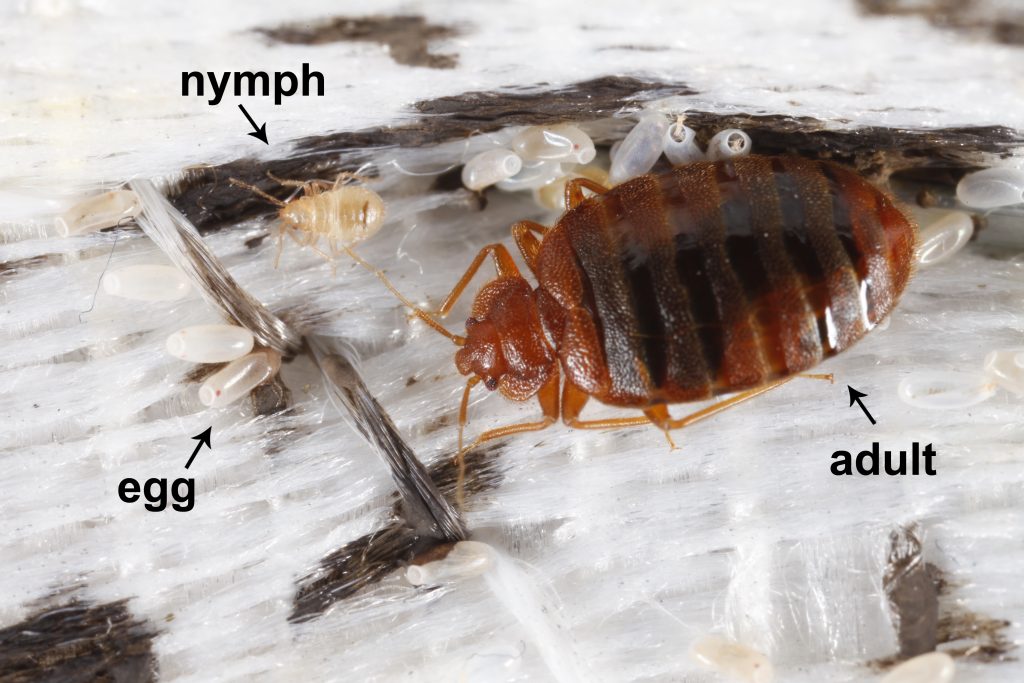As a homeowner, I’m always looking for ways to keep my home safe from bed bugs. But one question that often comes up is “how do bed bugs travel between apartments?” After all, it’s one thing to keep your own home safe from an infestation, but what about the people living in the same building? In this guide, I’ll take a closer look at the different ways bed bugs can travel between apartments and what you can do to protect your home from an infestation.
What are Bed Bugs?
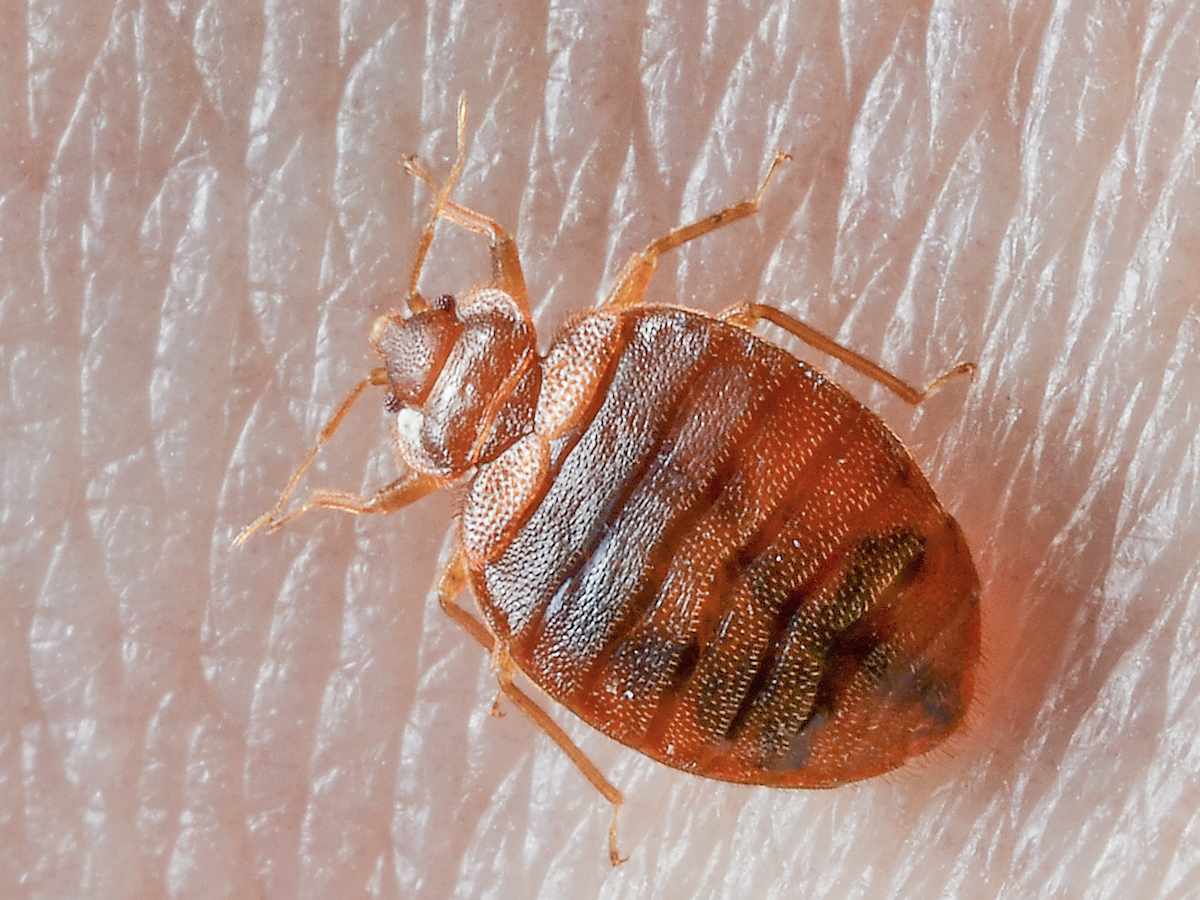
- Bed bugs are small, oval-shaped, parasitic insects.
- They feed on the blood of humans and other warm-blooded animals.
- Bed bugs typically hide in crevices and cracks in furniture, mattress seams, bed frames, baseboards, and wall outlets.
- They can survive for months without food and reproduce rapidly.
- Bed bugs are visible to the naked eye and are reddish-brown in color.
- They are typically 1/4 to 3/8 inch in length.
Bed bugs have a unique ability to hitchhike on people and objects, which makes them difficult to contain and prevent in apartment buildings. Here are five common ways they travel between apartments:
Clinging to Clothes and Bags
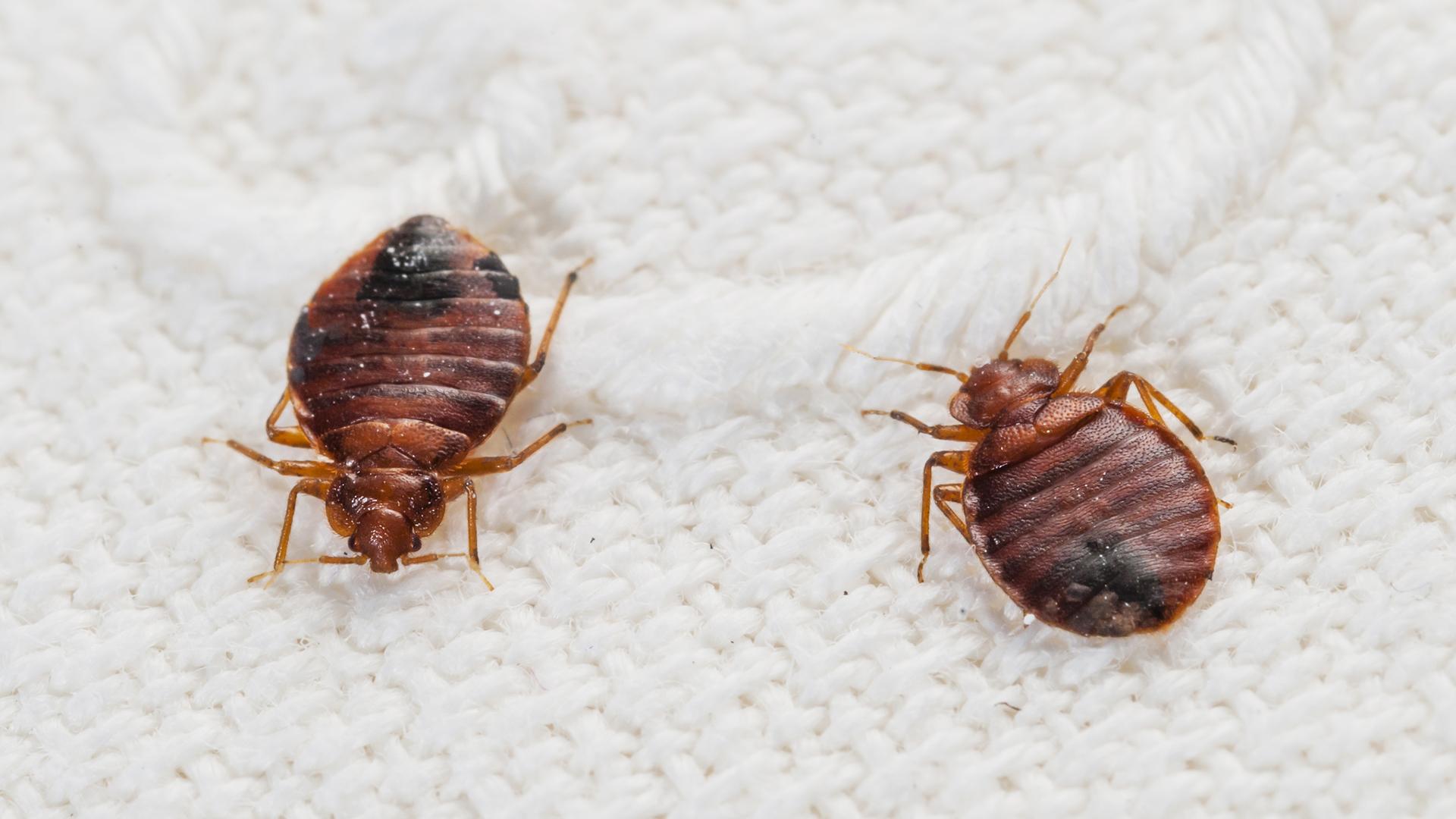
Bed bugs are able to cling to clothing and bags, which makes them ideal travelers for people who are moving in and out of apartments. They can hide in the folds of fabric, and even in small seams and pockets. Bed bugs can also be transported on items such as suitcases, backpacks, and purses.
Through Wall and Ceiling Crevices
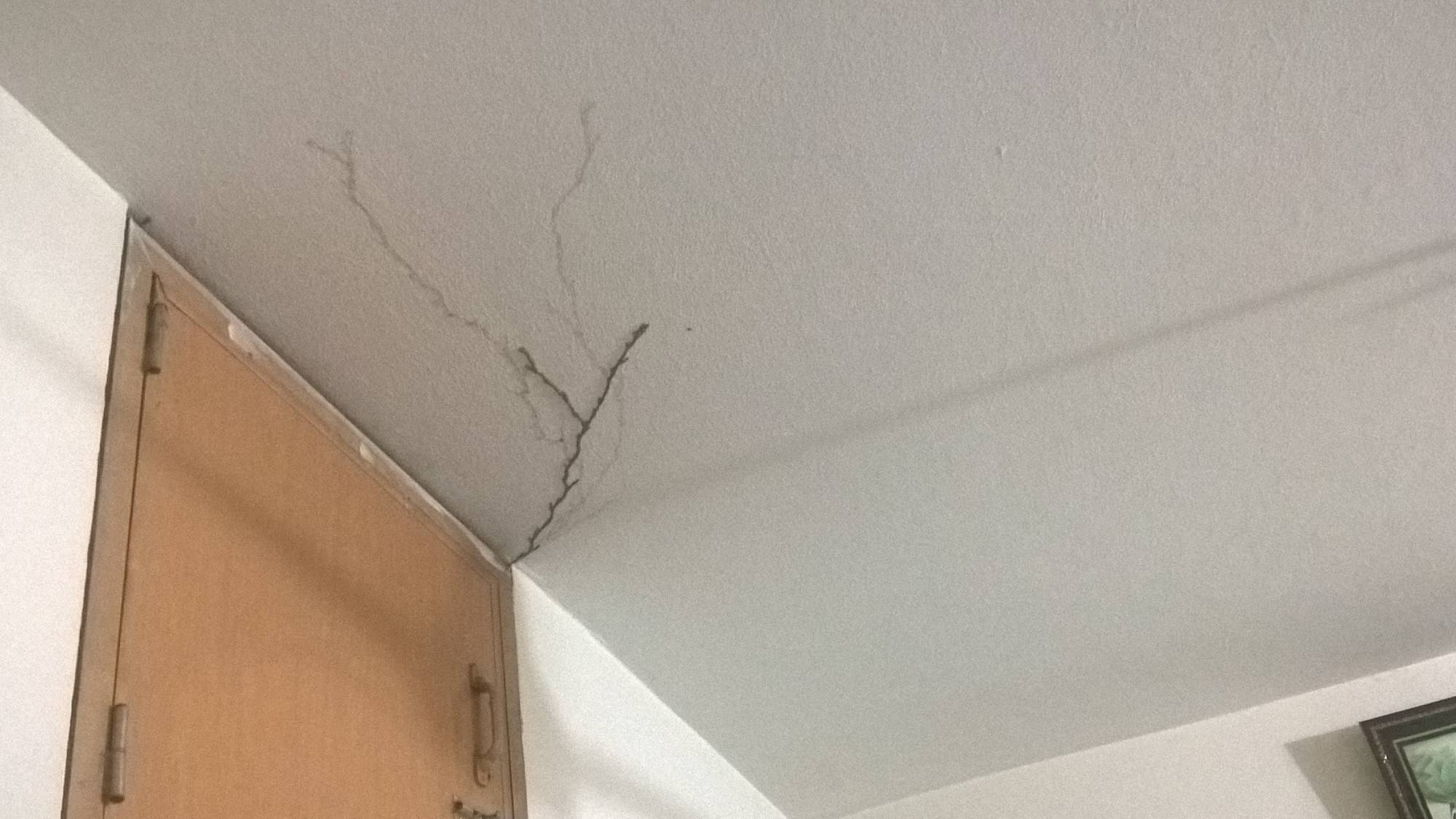
Bed bugs are incredibly small, so they can easily fit into small crevices such as wall and ceiling cracks. They can also travel through air ducts, which are found in many apartment buildings.
Through Electrical Outlets and Plumbing
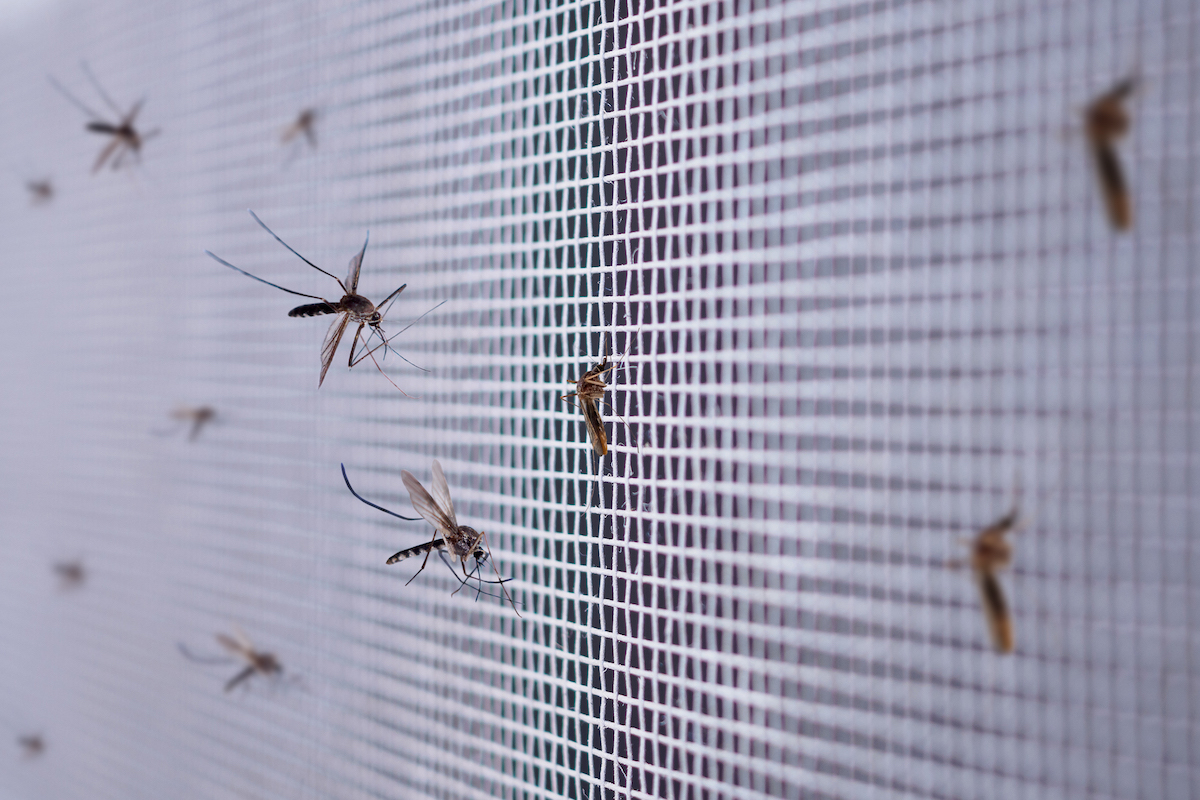
Bed bugs can also travel through electrical outlets and plumbing. They can fit into the small spaces between the outlets and move between apartments through the electrical wiring. Plumbing pipes are also a common way for them to travel.
Through Furniture and Bedding
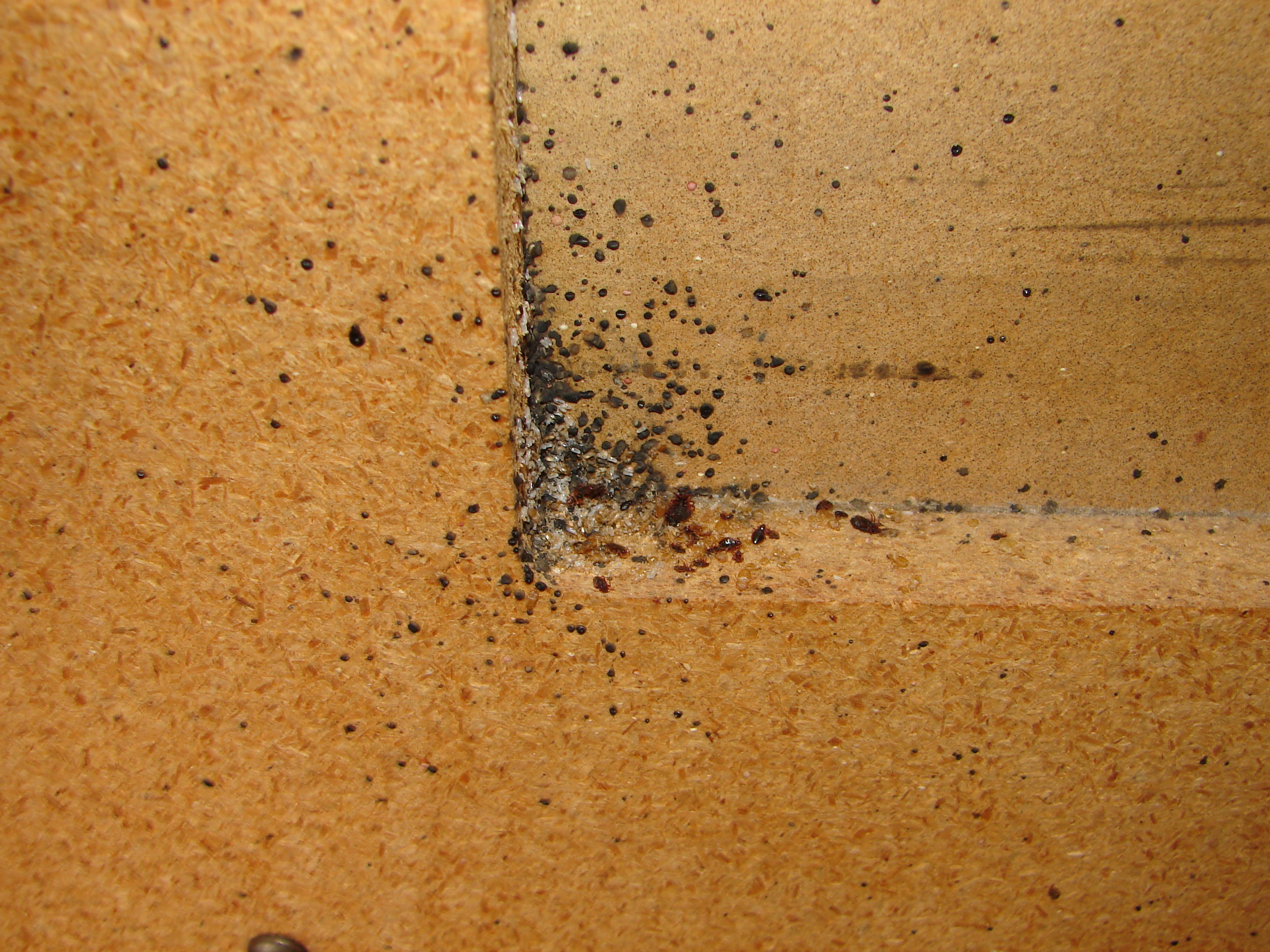
Bed bugs are commonly found in furniture and bedding. They can hide in the seams of a couch or mattress, and can be easily transferred from one apartment to another if the furniture is moved.
On Public Transportation
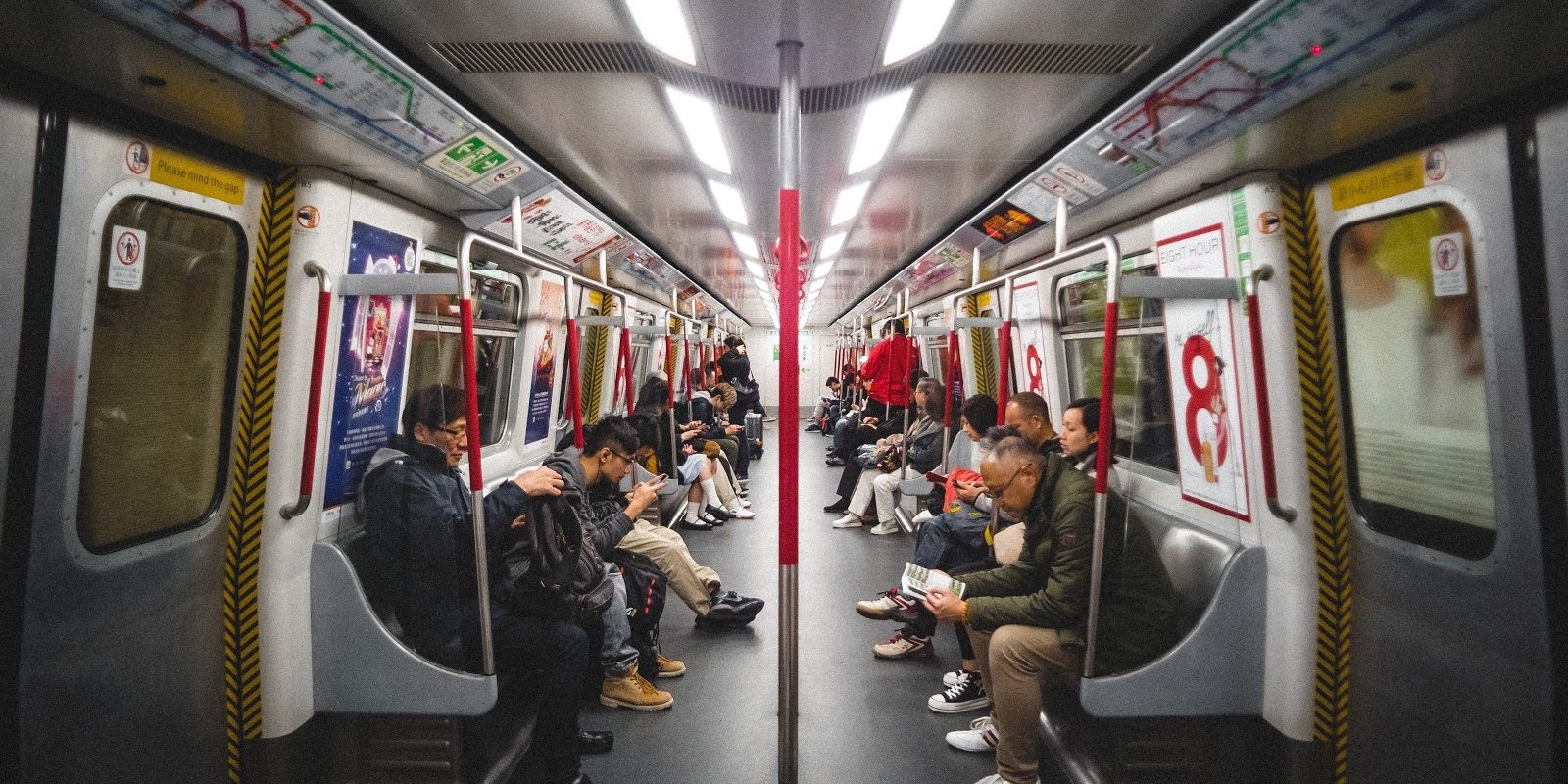
Bed bugs can also be transported on public transportation, such as buses, trains, and taxis. They can hide in the fabric of seats and can be transferred to other apartments if someone who is carrying them boards a bus or train.
I take regular steps to prevent bed bugs from traveling between apartments. Firstly, I sanitize my bedding and clothing regularly. This is essential to destroying any bugs that may be living in my linens. I use hot water and the highest setting on my dryer to ensure all bugs and eggs are killed. Additionally, I vacuum my bed and surrounding area to remove any potential bugs or eggs.
I also inspect my belongings before bringing them into my home. I check for signs of bed bugs, such as dark spots or eggs. If I find any, I immediately discard the item. I also inspect any second-hand items, such as furniture, before bringing them into my home.
Finally, I practice good hygiene. I vacuum my carpets frequently and mop my floors regularly. I also keep my apartment clutter-free. This helps to prevent bed bugs from taking up residence in my home.
2. Vacuum Thoroughly and Regularly

I regularly vacuum carpets, curtains, and furniture where bed bugs may hide. Vacuuming helps remove them and their eggs, as well as any other objects that may have been used to facilitate their movement. Vacuuming is an important part of my plan to prevent bed bugs from travelling between apartments. I make sure to empty the vacuum cleaner bag or canister after use, as bed bugs may survive inside them.
3. Seal Cracks and Crevices in Walls and Floors

- Fill cracks and crevices in walls, floors and ceilings with silicone caulk or other sealants.
- Check for cracks and crevices around windows, door frames, baseboards and other entry points in the home.
- Inspect behind wall mounted items such as pictures, clocks, and electrical outlets.
- Check for cracks and crevices in furniture, bed frames, and other items.
- Apply door sweeps to all exterior doors.
By taking these steps to seal off any cracks and crevices in the home, bed bugs will have fewer entry points and will be less likely to travel between apartments.
4. Check for Bed Bugs when Moving Into a New Apartment
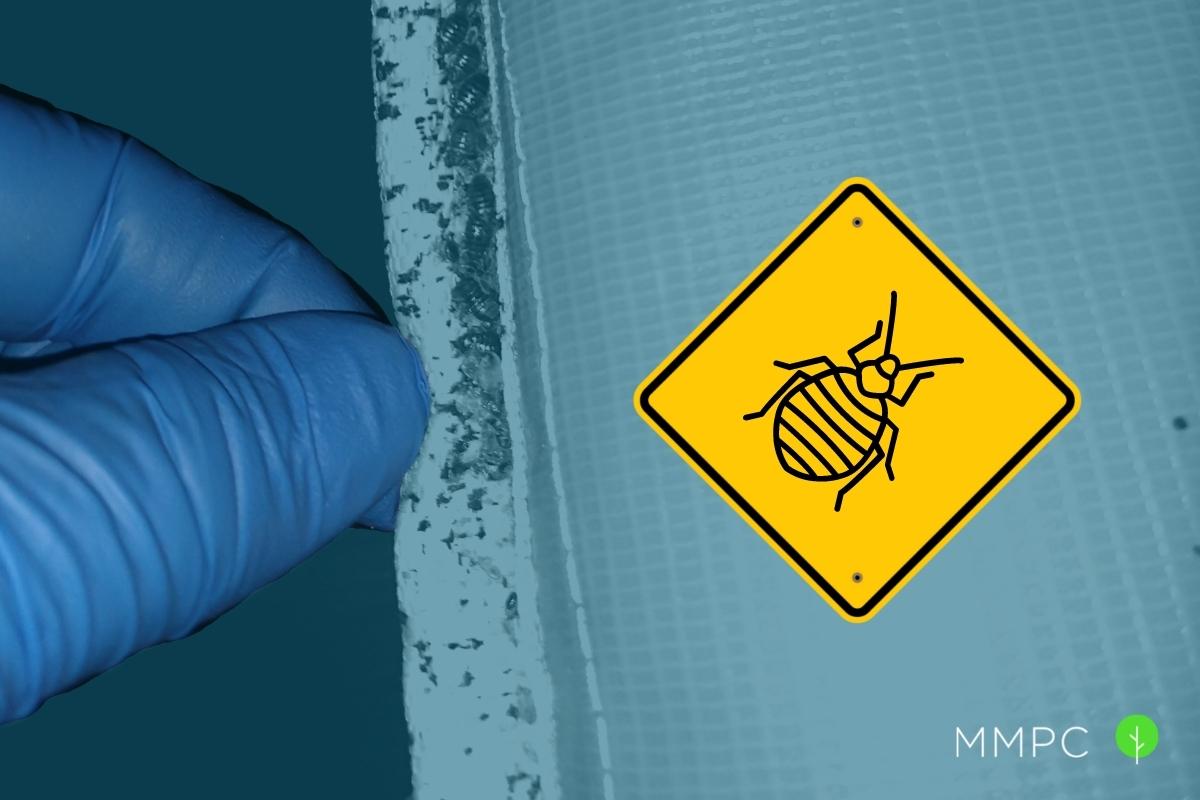
It is important to inspect a new apartment for bed bugs before you move in. Check around the seams of mattresses and box springs, along baseboards, and behind electrical outlets for signs of bed bugs. Look for black spots, which is the excrement of the bugs, and shed shells which are the skins that were shed as the bugs grew. You may also want to look for tiny eggs around the bedding and furniture.
| Signs of Bed Bugs | What to Look For |
|---|---|
| Black spots | Bed bug excrement |
| Shed shells | Skins that were shed as the bugs grew |
| Eggs | Tiny eggs around the bedding and furniture |
If you spot any of these signs, you should contact an exterminator to come and treat the apartment. It is also important to thoroughly clean the apartment and wash any bedding and clothing that may have been exposed to bed bugs.
Effects of Bed Bugs in Apartments
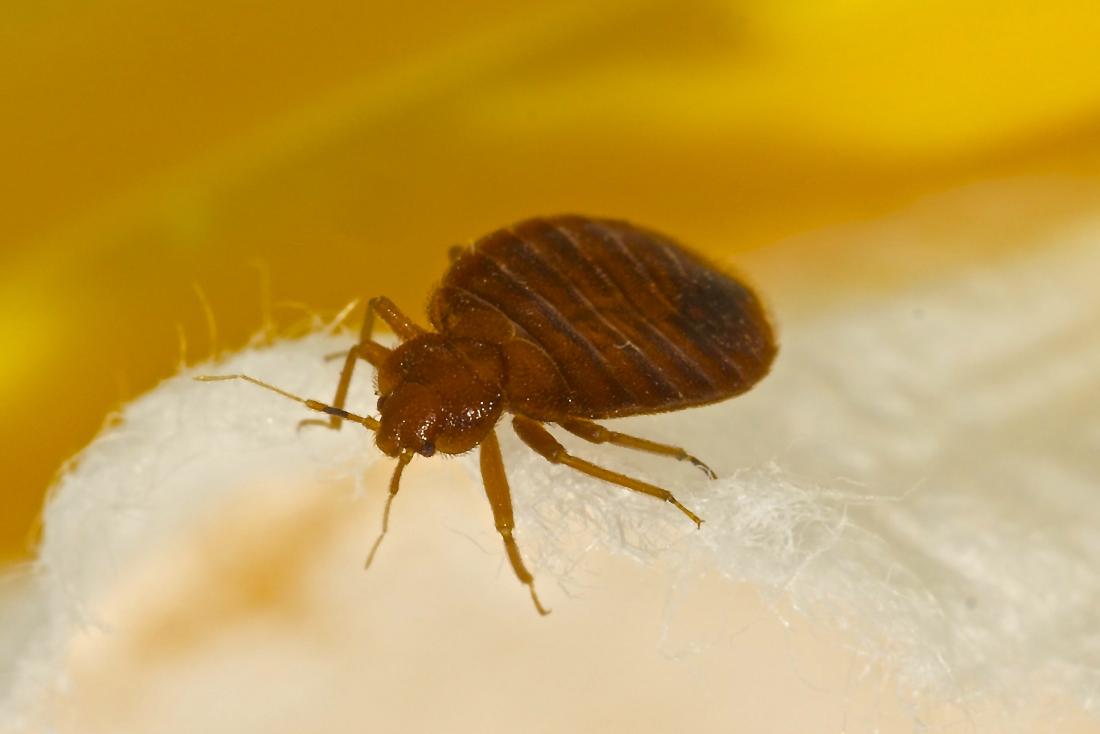
I have seen first-hand the devastating effects bed bugs can have in an apartment building. These pests spread quickly and can cause a great deal of distress to tenants. Bed bugs can cause a range of physical and psychological health problems, ranging from skin rashes and allergic reactions to anxiety and insomnia. They can also damage furniture and other items, leading to costly repair bills. Since bed bugs are difficult to eradicate once they have been introduced, early detection is essential to keep them from taking over an entire building.
The presence of bed bugs can also cause tenants to be reluctant to stay in their units and may lead to high turnover rates. This can be a significant financial burden for landlords, as they may have to repair and replace items in vacated apartments. Furthermore, bed bugs can be a major source of embarrassment and can put a strain on landlord-tenant relationships.
Finally, an infestation of bed bugs can also have a negative effect on the property’s value. Prospective buyers may be put off by the prospect of dealing with an ongoing problem and may look elsewhere. This can make it difficult for landlords to sell their properties at a fair price.
In summary, bed bugs can have a serious impact on apartments. If left unchecked, they can cause financial losses, damage relationships, and even affect the market value of the property. Therefore, it is essential to take quick and decisive action to prevent and eradicate infestations whenever they occur.
1. Health Risks
Bed bugs can cause physical and psychological damage to people. They feed on human blood, which can lead to skin irritation, allergic reactions, and infection. They can also transmit other diseases, such as Chagas disease, through their bites. Additionally, their presence in an apartment can lead to anxiety and insomnia.
| Risk | Description |
|---|---|
| Skin irritation | Redness and itching from bed bug bites |
| Allergic reactions | Allergic reactions to bed bug bites, such as hives and swelling |
| Infection | Infections caused by bed bug bites, such as secondary bacterial infections |
| Disease transmission | Transmission of other diseases, such as Chagas disease, through bed bug bites |
| Anxiety | Anxiety caused by the presence of bed bugs in an apartment |
| Insomnia | Insomnia caused by the presence of bed bugs in an apartment |
2. Financial Costs
Bed bugs can be expensive to eradicate. Treatment can cost anywhere from a few hundred to a few thousand dollars, depending on the severity of the infestation. The cost of pest control services, as well as the cost of replacing furniture and other items that have been infested, can quickly add up. In addition, some landlords may require tenants to pay for bed bug removal, so it is important to make sure you understand your lease agreement before signing.
Frequently Asked Questions
How quickly can bed bugs spread between apartments?
Bed bugs can spread rapidly between apartments in multi unit buildings, such as apartment complexes, due to their ability to crawl through cracks and crevices in walls and floors. Bed bugs can move swiftly and easily between units, infesting other apartments in a matter of days or even hours. As they can survive for months without feeding, this is a major concern for apartment complexes and other multi unit buildings. In order to prevent the spread of bed bugs, it is important to immediately address any infestations and take preventative measures, such as regular inspections and the use of effective pest control methods.
How Likely is it for Bed Bugs to Infest an Apartment Building?
Bed bugs have the potential to infest an apartment building, depending on a few key factors. Bed bugs can easily spread from one apartment to another through shared walls, plumbing, and electrical outlets. They can also travel through clothes and furniture that is shared between tenants. Additionally, bed bugs can hitch a ride on items such as suitcases and bags, bringing them into apartment buildings from outside sources. Therefore, if one tenant has bed bugs, it is possible for those bugs to spread to other apartments.
What are the most common ways for bed bugs to travel between apartments?
Bed bugs commonly travel between apartments through cracks and crevices, along electrical wiring, and through shared items such as furniture, clothing, suitcases, and other personal items. They can attach themselves to items used in common areas such as vacuum cleaners, and can travel through ventilation systems and shared hallways. Bed bugs can also be carried from one apartment to another on people and animals.
Is there any way to prevent bed bugs from spreading in an apartment building?
Regular inspections and preventive treatments are the best way to prevent the spread of bed bugs in apartment buildings. Residents should be informed about the signs of bed bugs and encouraged to report any suspected infestations. Pest control professionals should be consulted to properly identify and treat the infestations. It is also important to use bed bug-proof covers on mattresses and box springs to reduce the spread of bed bugs. Regular vacuuming and laundering of bedding, linens, and other items can also help reduce the spread of bed bugs.
How can I tell if my apartment is infested with bed bugs?
Bed bugs are small, flat, reddish-brown insects that feed on the blood of humans and animals. Signs of a bed bug infestation include bites, dark spots of excrement on bedding and mattresses, bug shells, eggs, and a sweet musty smell. Bed bug infestations can also be identified by looking for live bed bugs or their eggs in mattress seams, bed frames, furniture, and other cracks and crevices. If you suspect you have an infestation, contact a pest control professional.
Conclusion
Bed bugs are a serious issue that can spread quickly and cause a lot of damage. By understanding how they travel between apartments and taking steps to prevent them from entering your home, you can protect yourself from an infestation. Reduce clutter, inspect for bed bugs regularly, and use bed bug-proof furniture if you are at risk of getting bed bugs. If you do find evidence of bed bugs, contact a professional pest control company immediately. Taking these steps can help you stay bed bug free.
